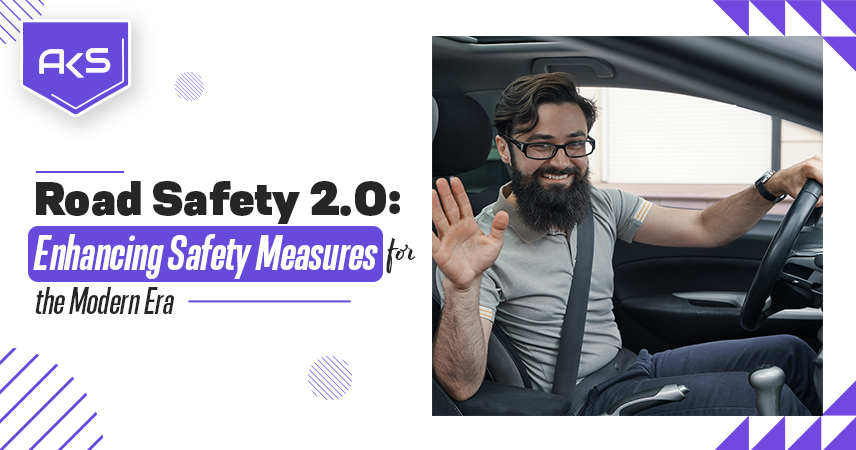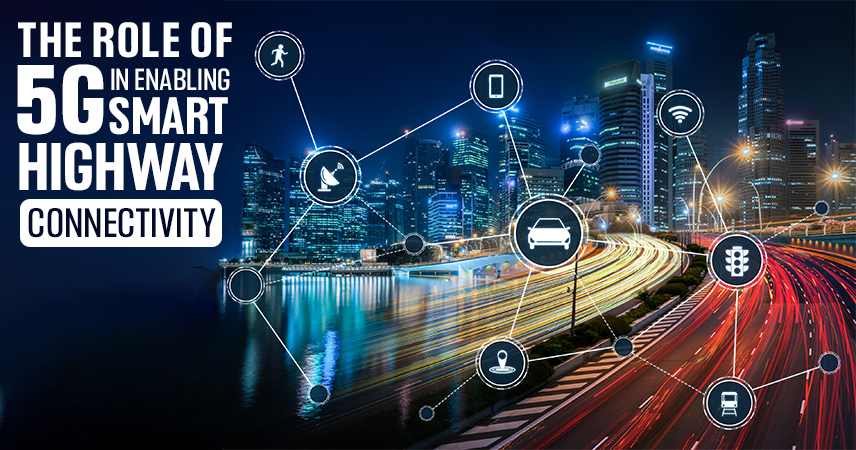
Road Safety 2.0: Enhancing Safety Measures for the Modern Era
- By Admin
- 22-03-2024

In today's
fast-paced world, the evolution of technology has significantly transformed
various aspects of our lives, including transportation and road safety. As we
step into the modern era, it becomes imperative to enhance safety measures on
the roads to adapt to the changing landscape and to ensure the well-being of
all road users. Here are some key areas where road safety 2.0 can make a
substantial difference:
1. Advanced Driver-Assistance Systems
(ADAS)
Advanced
Driver-Assistance Systems (ADAS) have revolutionized vehicle safety. These
systems utilize advanced sensors and cameras to detect potential collisions,
assist with lane-keeping, and provide adaptive cruise control. Incorporating
ADAS into modern vehicles can significantly reduce the risk of accidents and
enhance overall road safety.
2. Smart Infrastructure
In the
modern era, integrating smart technologies into road infrastructure can
profoundly impact safety. Smart traffic lights, road signs, and pedestrian
crossings equipped with sensors and connectivity can optimize traffic flow,
reduce congestion, and enhance safety for both motorists and pedestrians.
3. Vehicle-to-Everything (V2X)
Communication
The concept
of Vehicle-to-Everything (V2X) communication enables vehicles to communicate
with each other and with the surrounding infrastructure. This connectivity
facilitates real-time exchange of information about road conditions, potential
hazards, and other essential data, contributing to a safer and more efficient
road ecosystem.
4. Enhanced Pedestrian Safety
Measures
The modern
era calls for a renewed focus on pedestrian safety. Incorporating features such
as smart crosswalks with advanced signaling, pedestrian detection systems in
vehicles, and enhanced urban planning to create pedestrian-friendly spaces are
pivotal in ensuring the safety of vulnerable road users.
5. Data-Driven Approaches
Advancements in data analytics and artificial intelligence can play a crucial role in identifying accident-prone areas, predicting potential hazards, and formulating proactive safety strategies. Leveraging data-driven approaches allows for the development of targeted interventions and the continuous improvement of road safety measures.
Conclusion
In
conclusion, the modern era presents us with unprecedented opportunities to
elevate road safety to new heights. By embracing advanced technologies such as
ADAS, smart infrastructure, V2X communication, prioritizing pedestrian safety,
and harnessing the power of data-driven approaches, we can pave the way for a
safer, more efficient, and sustainable road environment. It is imperative for
stakeholders, including governments, automotive industry players, urban
planners, and technology innovators, to collaborate and drive the paradigm
shift towards Road Safety 2.0. This concerted effort is essential in shaping a
future where road safety is not just a priority, but a fundamental pillar of
transportation in the modern era.




